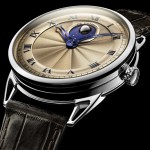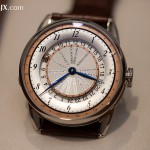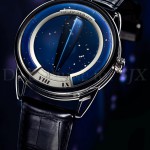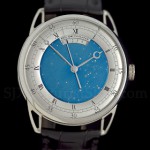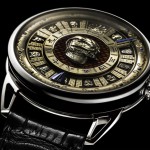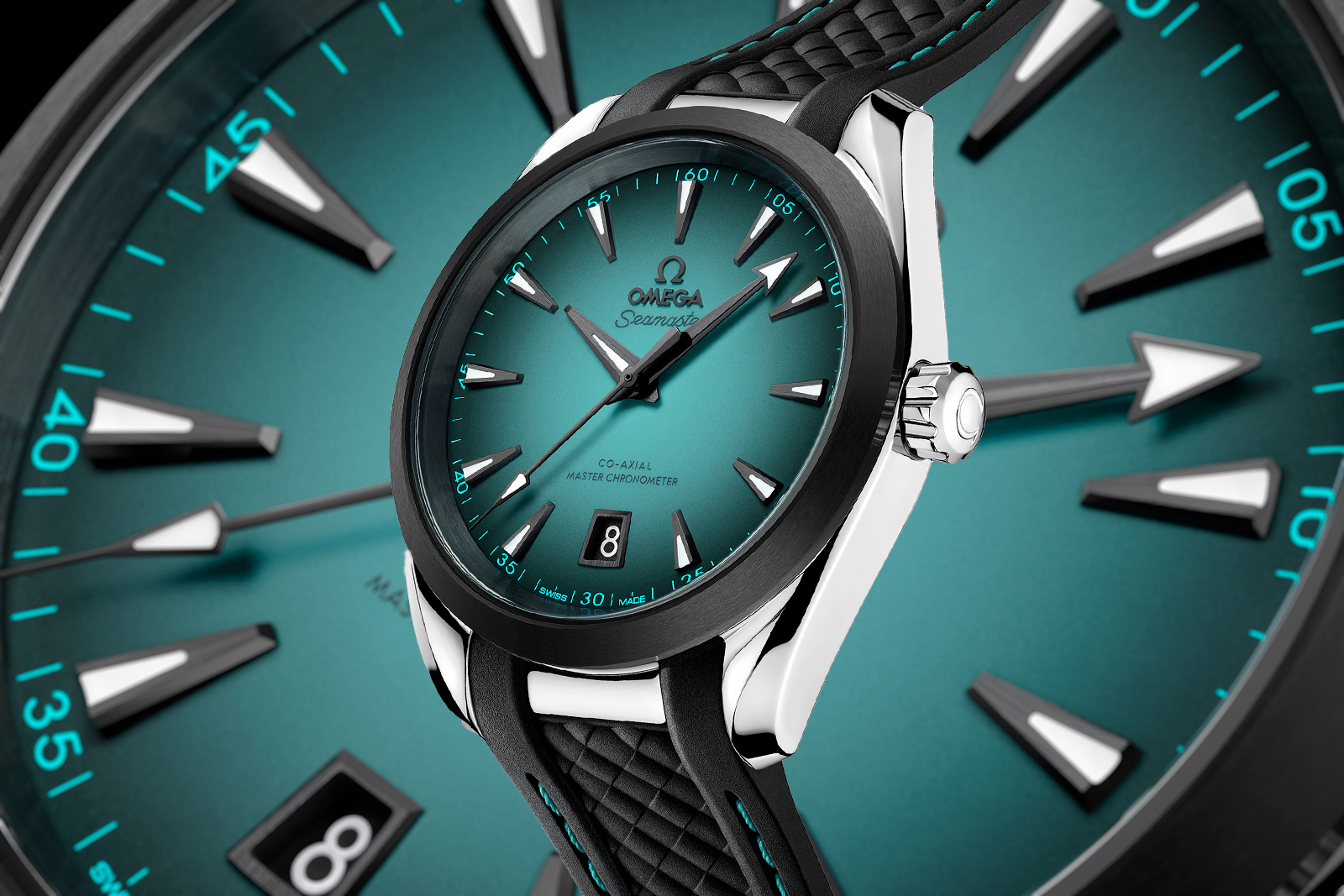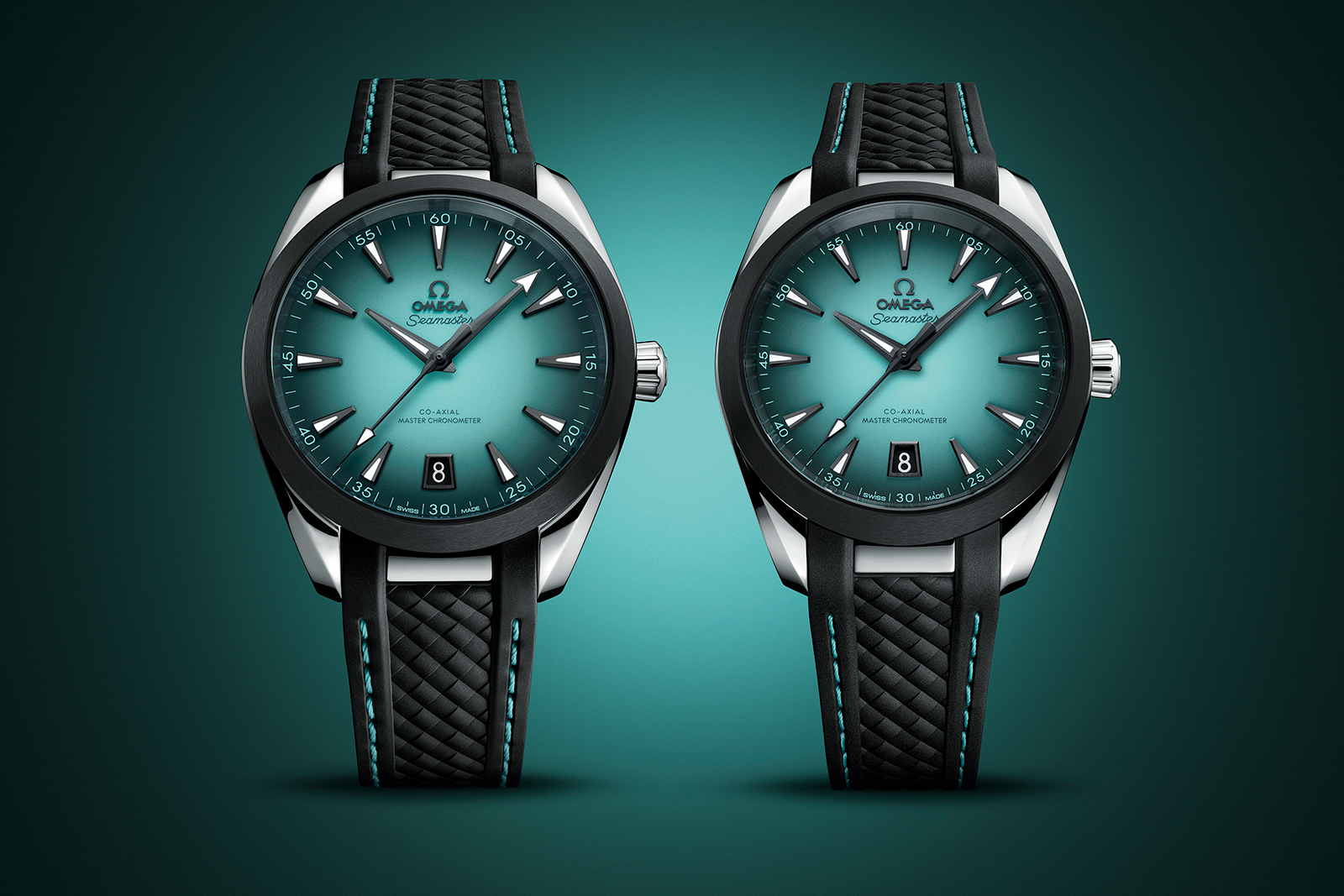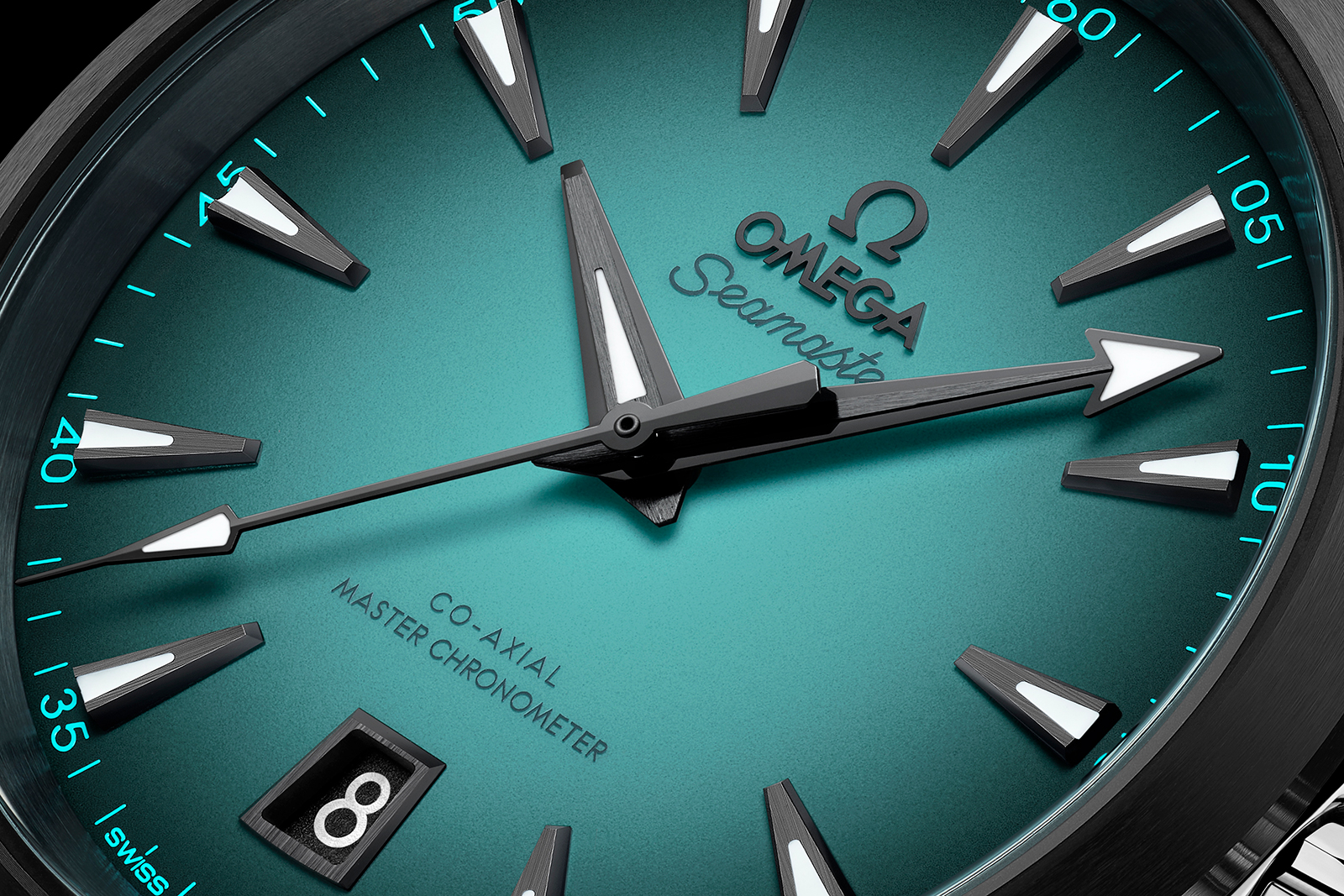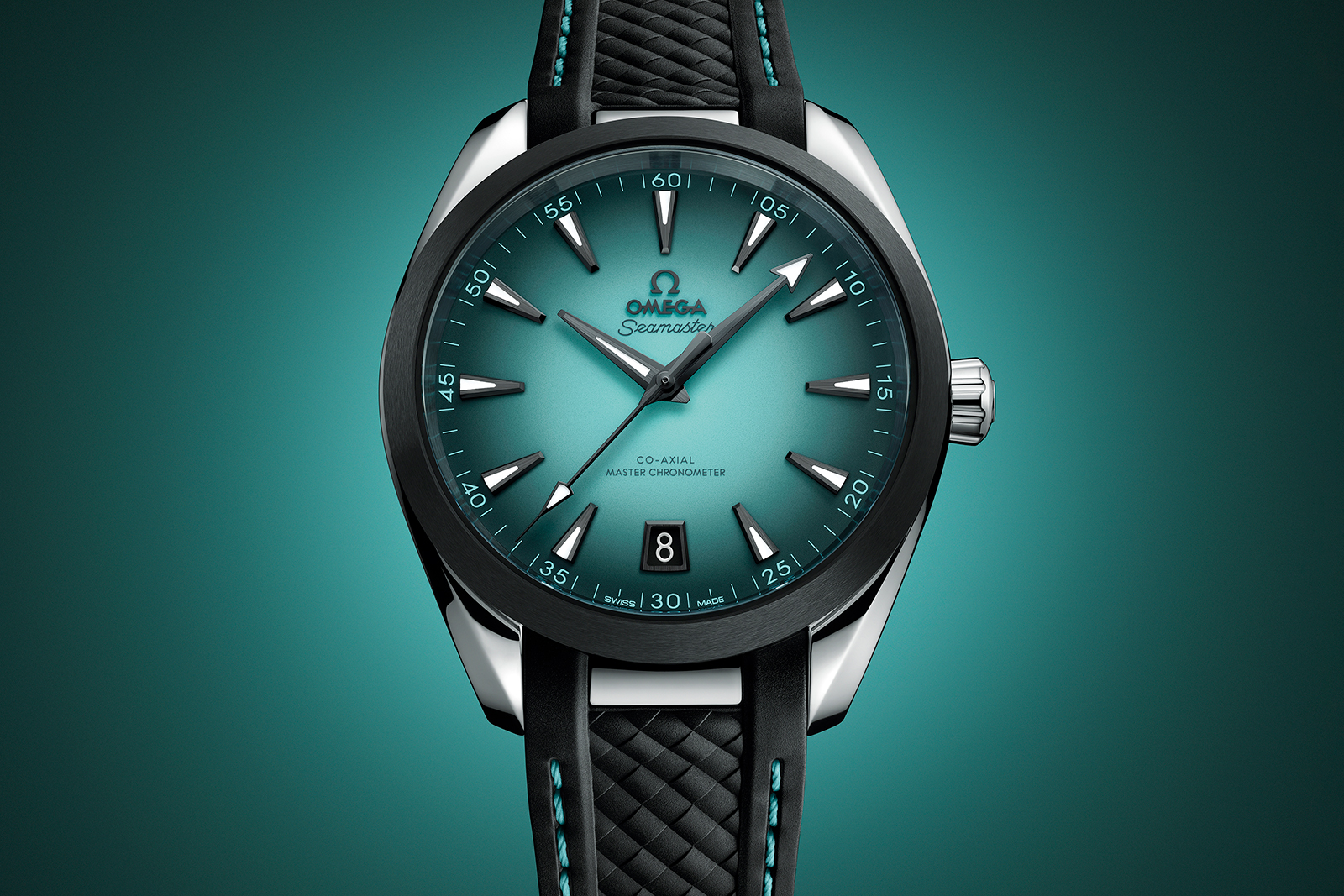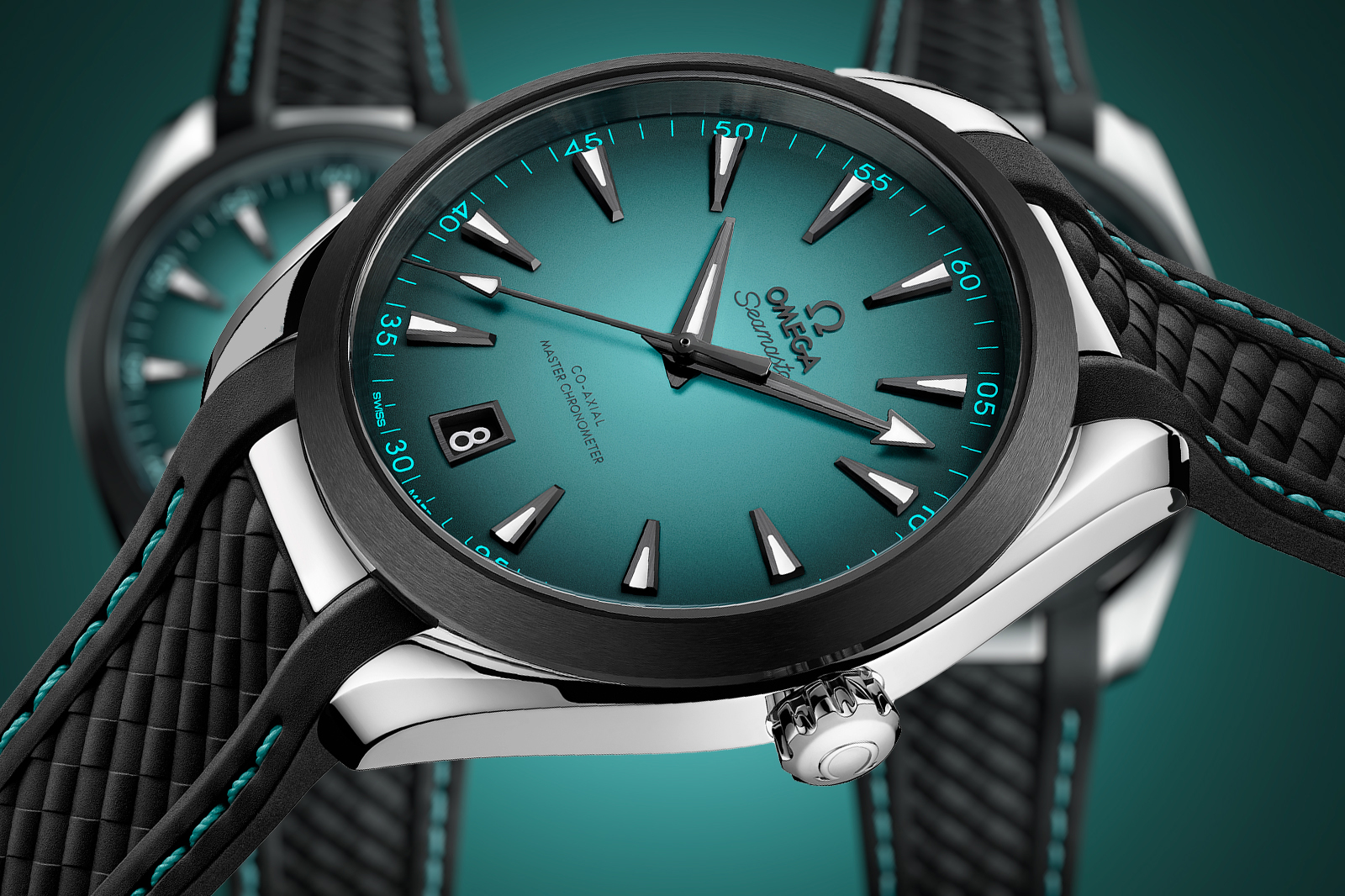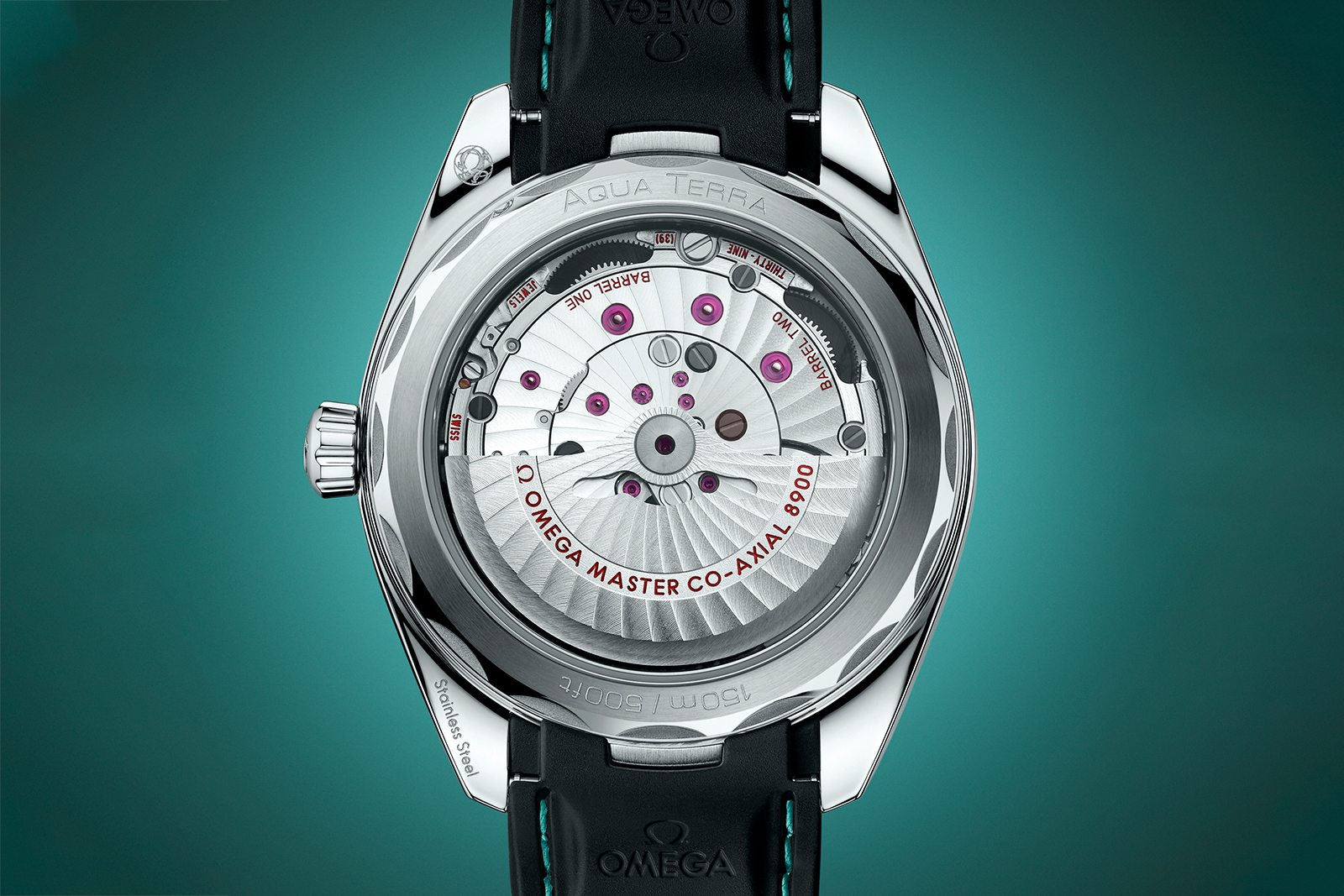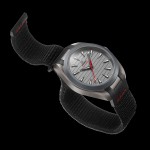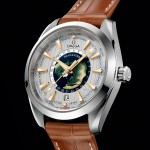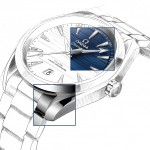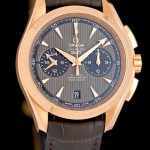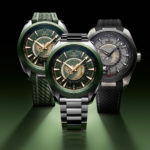Hands On: De Bethune DB25 Monopusher Chronograph
More accessible and more refined.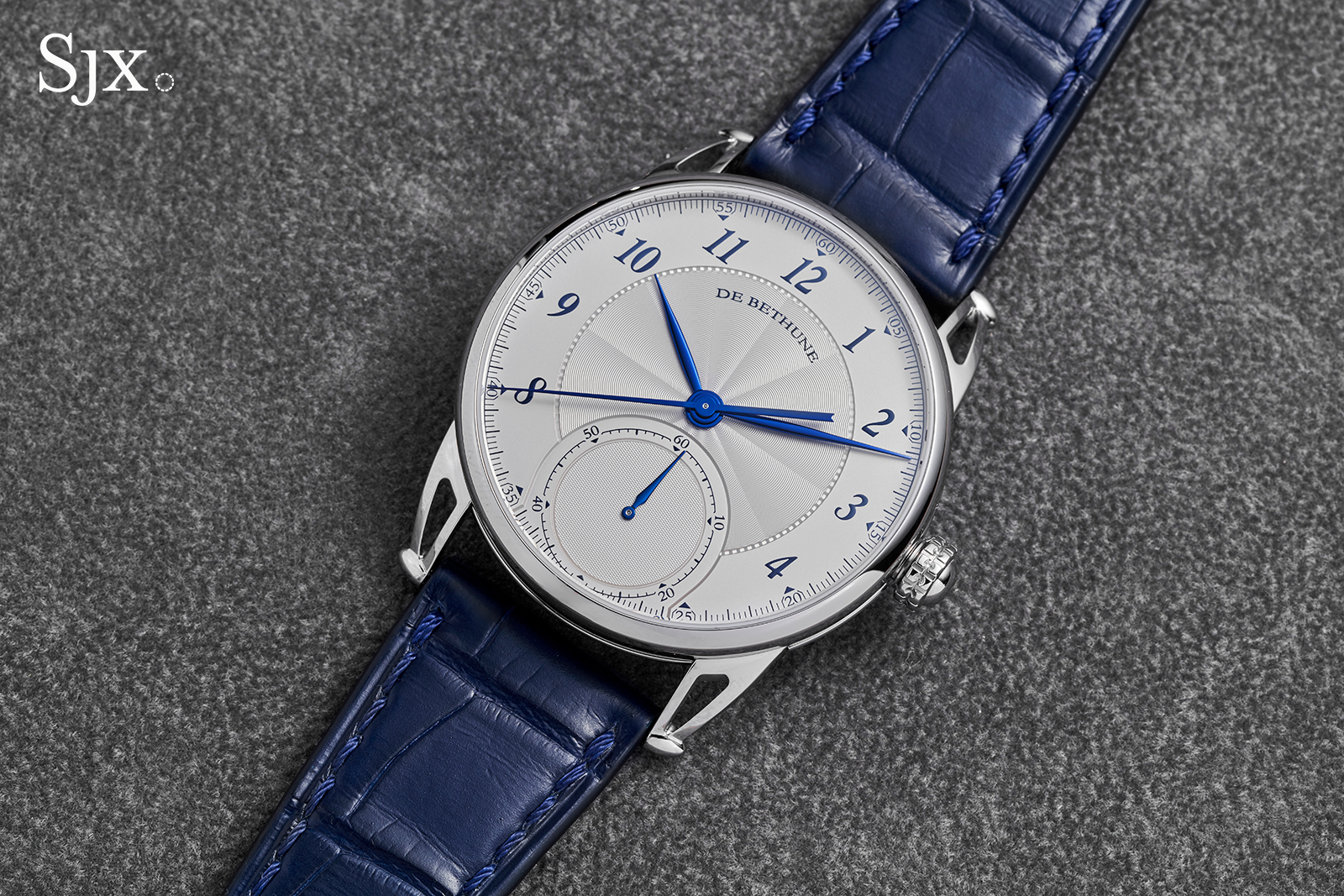
De Bethune once again has a single-button chronograph to its line-up with the compact DB25 Monopusher Chronograph. Styled after the DB8 from the brand’s early years, the DB25 chronograph has a smaller case but a larger, more refined movement. Importantly, it is most accessible chronographs from the brand in recent memory, both in size and price.
Initial Thoughts
I hold De Bethune in high regard for its technical ambition and an idiosyncratic design language that blends aesthetic codes from the 18th and 23rd centuries. The distinctive aesthetics were largely the brainchild of cofounder Davide Zanetta, who unfortunately departed the brand several years ago. Fortunately, however, both traits are alive and well in the DB25 Monopusher Chronograph.
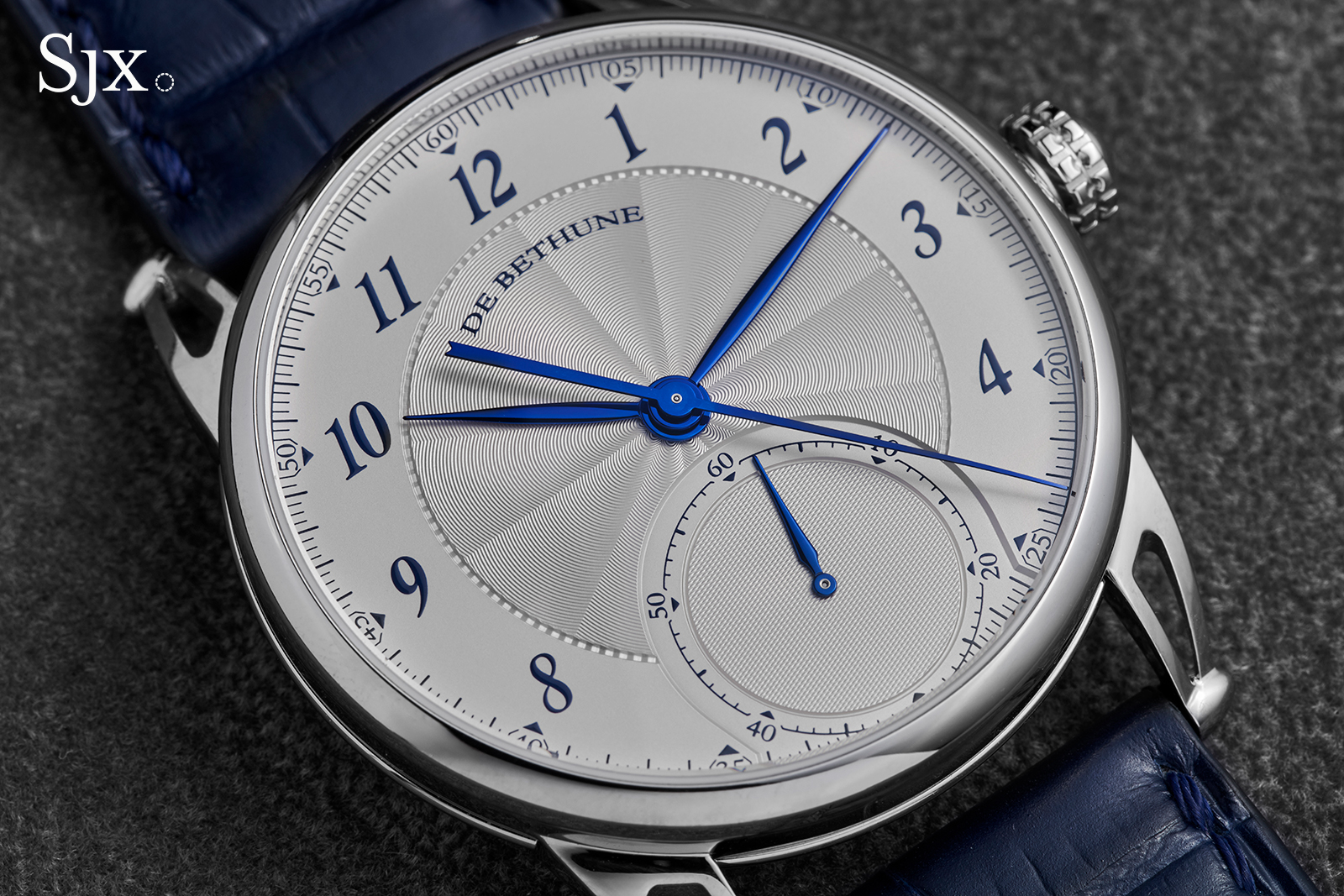
For several years the brand lacked a conventional chronograph, and I see the new DB25 as the brand’s long-term solution to that problem. Likely shaped by feedback on the recent DB Eight, the DB25 Monopusher has everything it needs to be a staple of the brand’s line-up – moderate sizing, good looks, and complementary calibre.
Though based on the brand’s prior chronograph movements, the DB3000 inside the DB25 is interesting in several respects. For one, it retains the oscillating pinion found in the long-ago DB1. The oscillating pinion isn’t well regarded by collectors, seen as less advanced than a vertical clutch and without the theatre of a horizontal coupling. It is possible to make a handsome chronograph with an oscillating pinion, such as those Victorin Piguet supplied to the best English watchmakers in the late 18th century, but it isn’t easy. De Bethune has arguably one it well here.
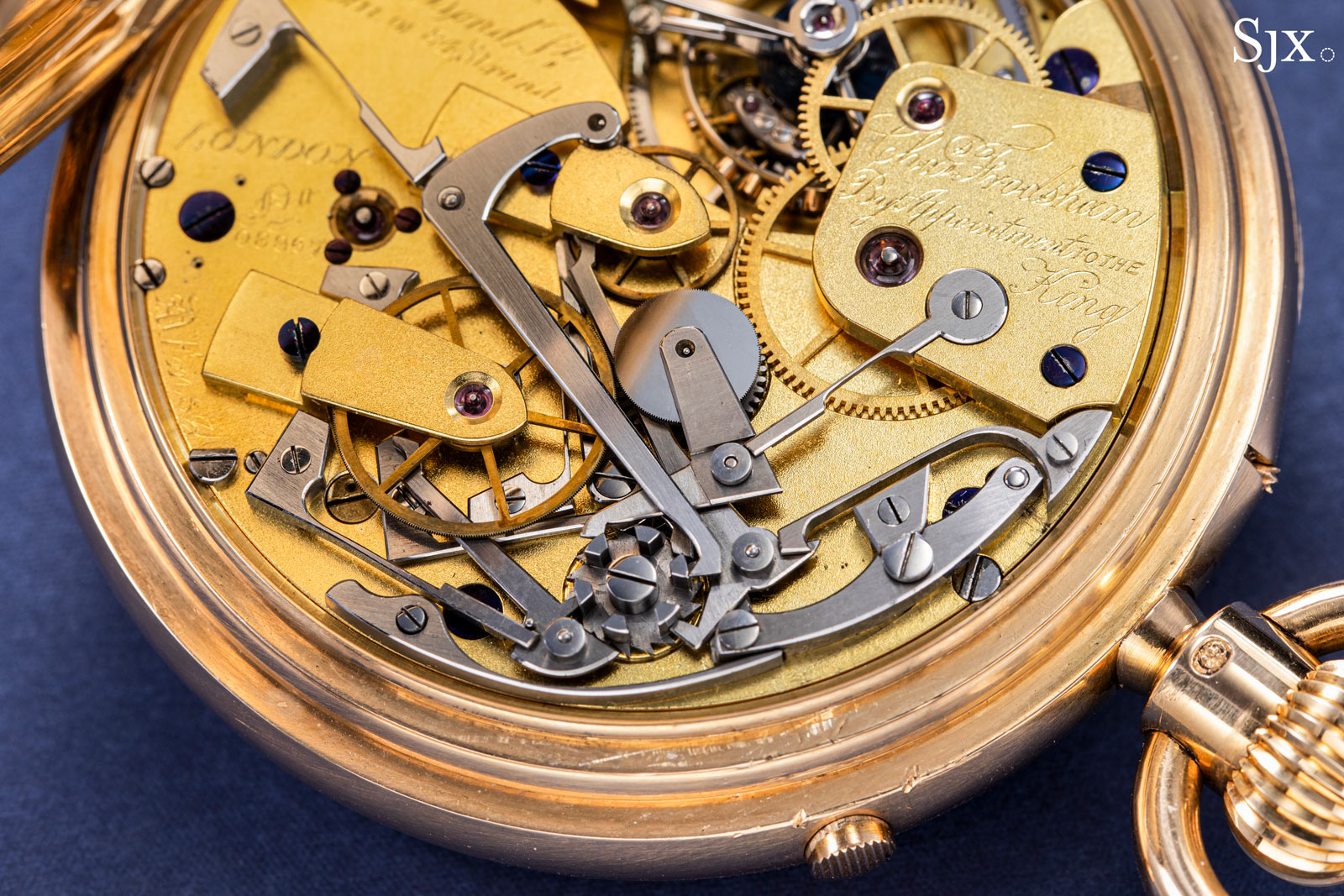
An example of Piguet chronograph mechanism in the Charles Frodsham no. 08867
The DB25’s movement also boasts an instantaneous minutes totaliser, which I have a penchant for. However, I’d prefer if De Bethune left the chronograph works “flying” as is convention in manually wound movements, instead of covered by a plate, even a very well polished plate.
Still, the DB25 chronograph compares well against the competition, both mainstream and independent. Established brands like A. Lange & Söhne and Patek Philippe make for tough competition in the high-end, manually wound chronograph space, but offerings from other independents are either less sophisticated or much more expensive than the DB25.
How we got here
Davide Zanetta and Denis Flageollet launched De Bethune in 2002, with its debut watch being a single-button, oscillating pinion chronograph powered by a movement conceived during the latter’s time at Techniques Horlogères Appliquées (THA), a movement specialist in Sainte-Croix. The brand quickly followed up with the DB8 that had a 45-minute counter at six o’clock.
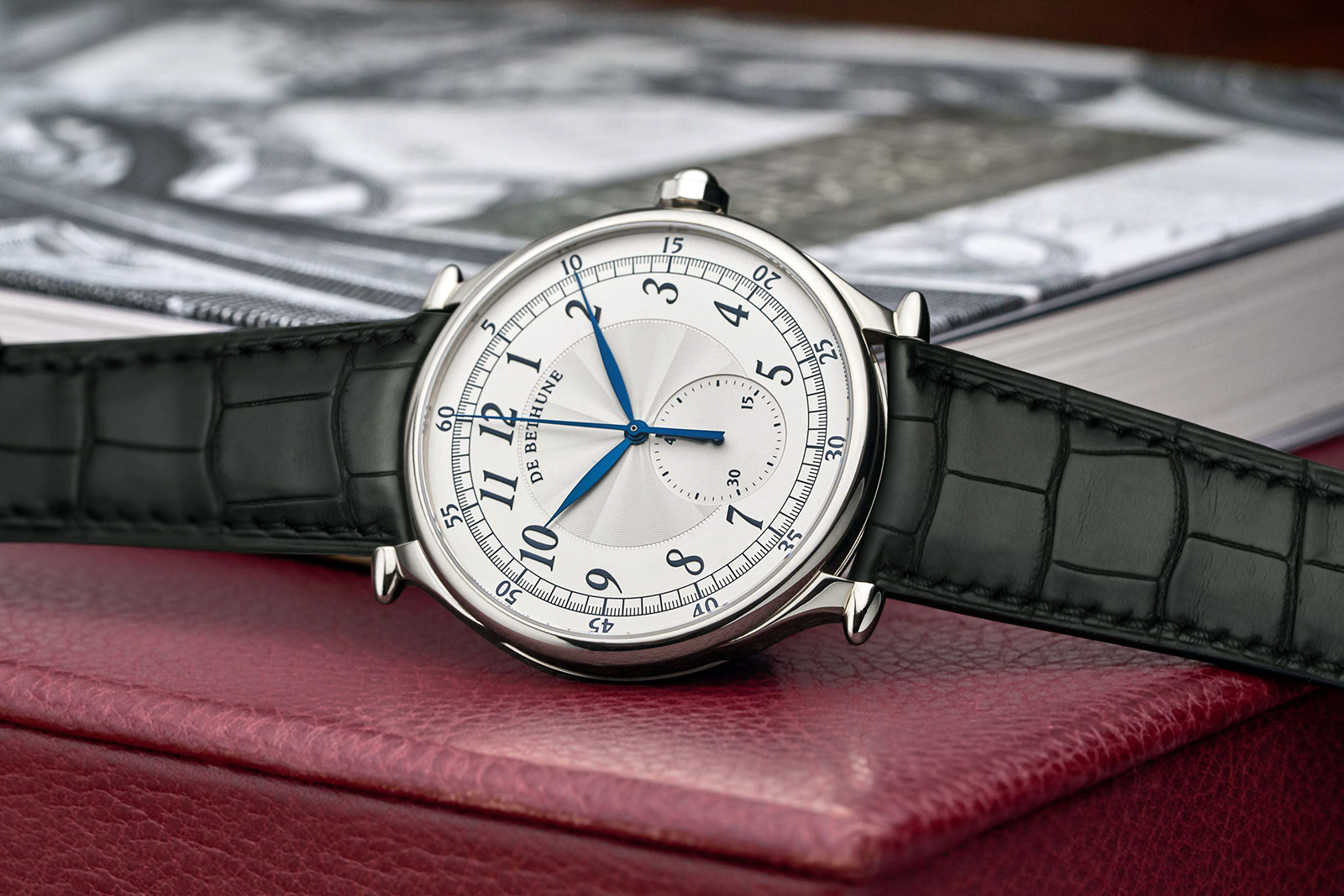
The DB8 of 2003, not to be confused with the DB Eight launched in 2023. Image – De Bethune
As charismatic as the DB1 and DB8 were, a 25.6 mm movement swimming in a 42 mm case wasn’t ideal. Furthermore, single-button chronographs are less sophisticated (and even less useful) than two-button designs, though I see that as part the quaint appeal.
Both the DB1 and DB8 were powered by outsourced movements, but De Bethune rapidly went entirely in-house with a large stable of movements. Instead of doubling down on simplicity, De Bethune followed up with the extremely elaborate, and slightly temperamental, Maxichrono that swung the pendulum far in the other direction, with an exotic movement developed and made in-house.
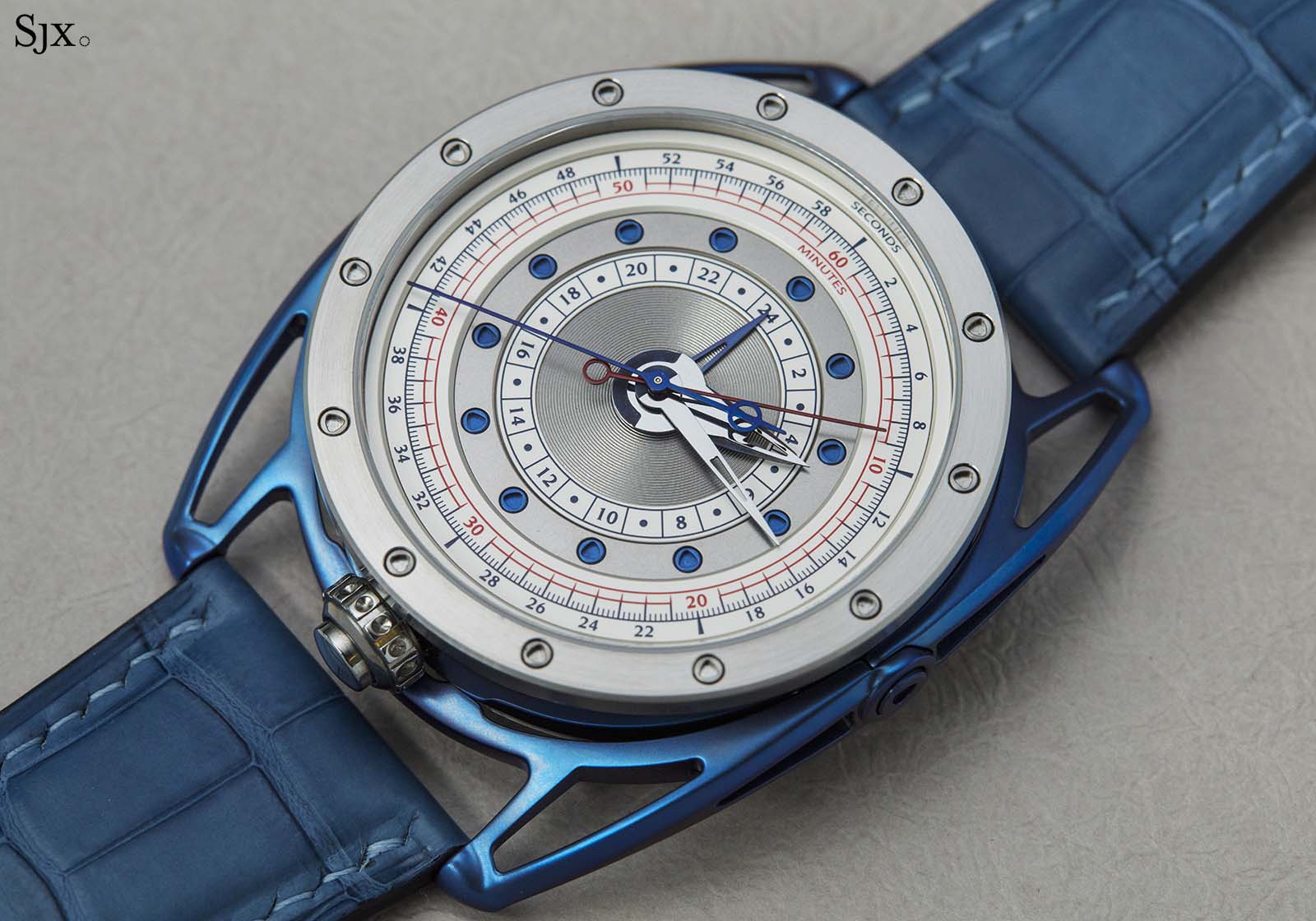
The Maxichrono
Case
Today’s DB25 monopusher is, of course, staid compared to the Maxichrono (which was probably the most elaborate single-button chronograph on the market, then and now) and is even more minimalist than most single-button chronographs as it omits a running seconds hand.
The D25 Monopusher Chronograph comes on the heels of a very similar 2023 release, the DB Eight, itself an homage to the original DB8. While the two are almost identical at first glance, the D25 Monopusher Chronograph is 1.8 mm smaller and uses the DB25 case style, with open-worked lugs and baroque crown.
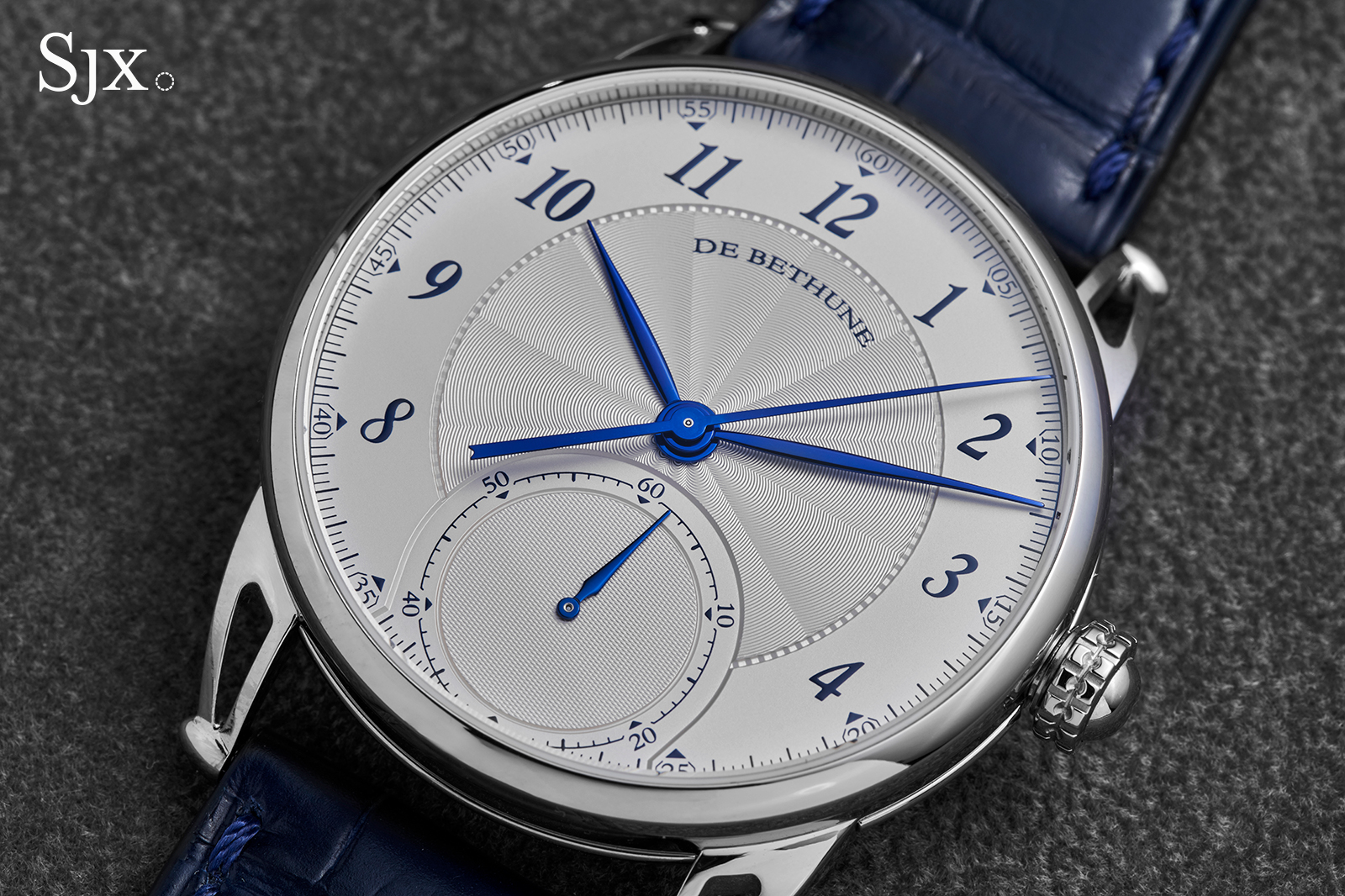
While the DB1 and DB8 used movements obviously designed for smaller watches, the DB25 has the opposite problem, causing the minutes sub dial to bite into the seconds track.
The DB25 Monopusher is very slim for a chronograph, at only 9.15 mm tall and a hair slimmer than the DB Eight. Modern watches are almost always burlier than their neo-vintage inspiration, but the DB25 makes an effort, being within a millimetre of the DB8 despite the addition of a sapphire case back and slightly thicker calibre.

The engine-turned silver dial has a dodecagonal-sectioned radiating pattern from the center, while fine barleycorn guilloché fills the minutes mono-counter. Facing outboard are numerals printed in blue to match the blued titanium hands, and beyond that the combined minutes and seconds track.
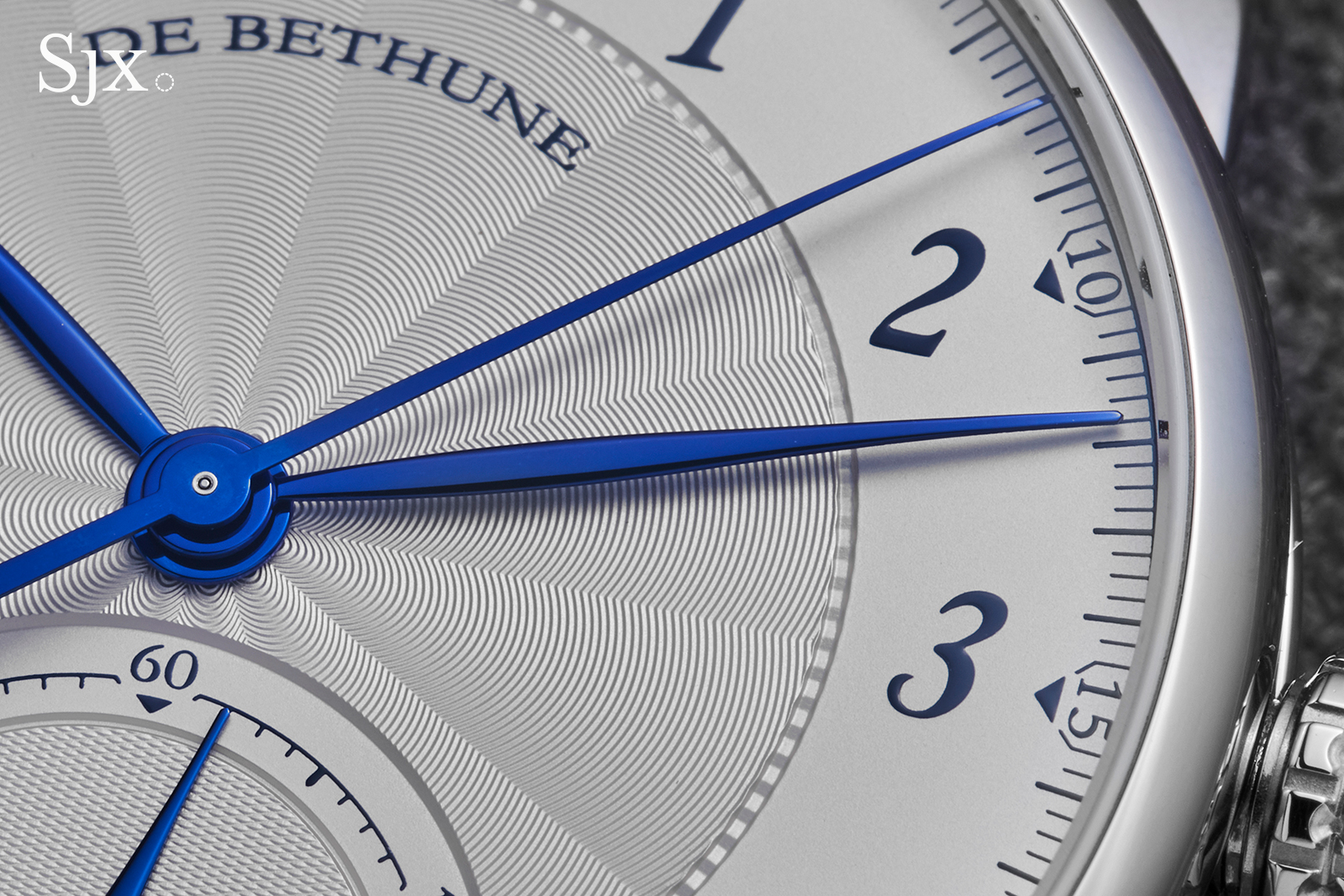
In a plus for legibility and utility, De Bethune properly calibrated the intra-second hash marks for the 4 Hz beat rate of the DB3000, which is something brands often get wrong.
However, the chronograph seconds scale is partially obscured by the bezel, or the bezel’s shadow at most angles. Typically this is avoided with a larger gap between the rehaut and scale, a tachymeter buffer zone, or a modest draft on the rehaut. Here none of those are employed, compromising readability at certain times.
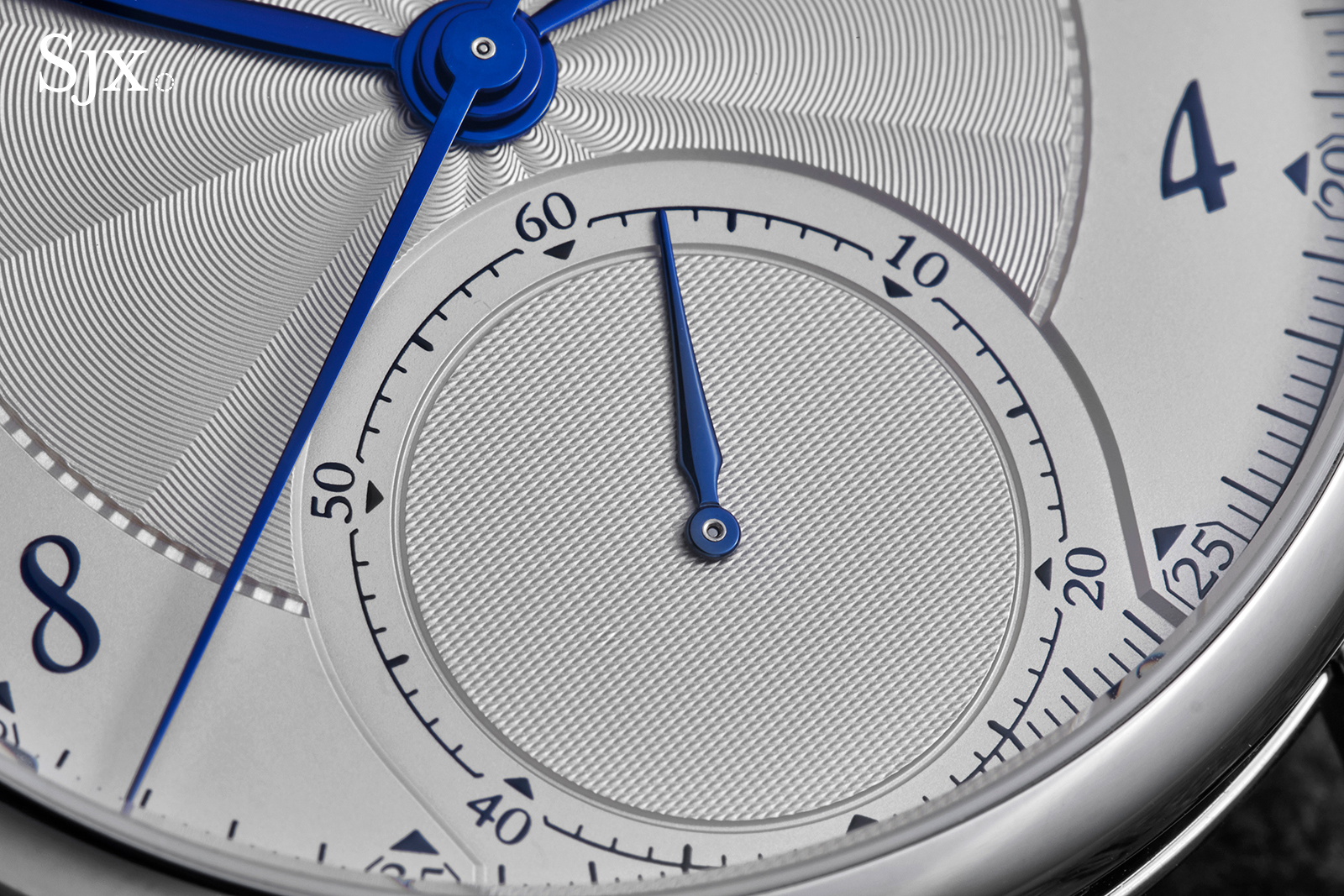
Movement
Flipping the watch over reveals DB3000, a 30 mm diameter which handily fills the 40.6 mm case, unlike the THA movements in the DB1 and DB8.
Interestingly, the black polished bridges and plates are steel but plated with chromium – presumably for greater lustre than raw steel. This is more similar to the Maxichrono movement, and is another deviation from the DB Eight, which carried a straight grained finish.

Vast black-polished surfaces on the movement have long been a signature of the brand, accomplished by holding the part against the flat side of a wood polishing wheel, with a healthy amount of diamond paste. While movement decoration is ultimately subjective, extra effort is always notable. For comparison, a few passes with an abrasive wheel can apply Côtes de Genève in a matter of seconds.
That said, the plating arguably makes the polishing surfaces more lustrous than they otherwise would be with traditional black polishing. In other words, the plating could potentially compensate for less-than-perfect black polishing.
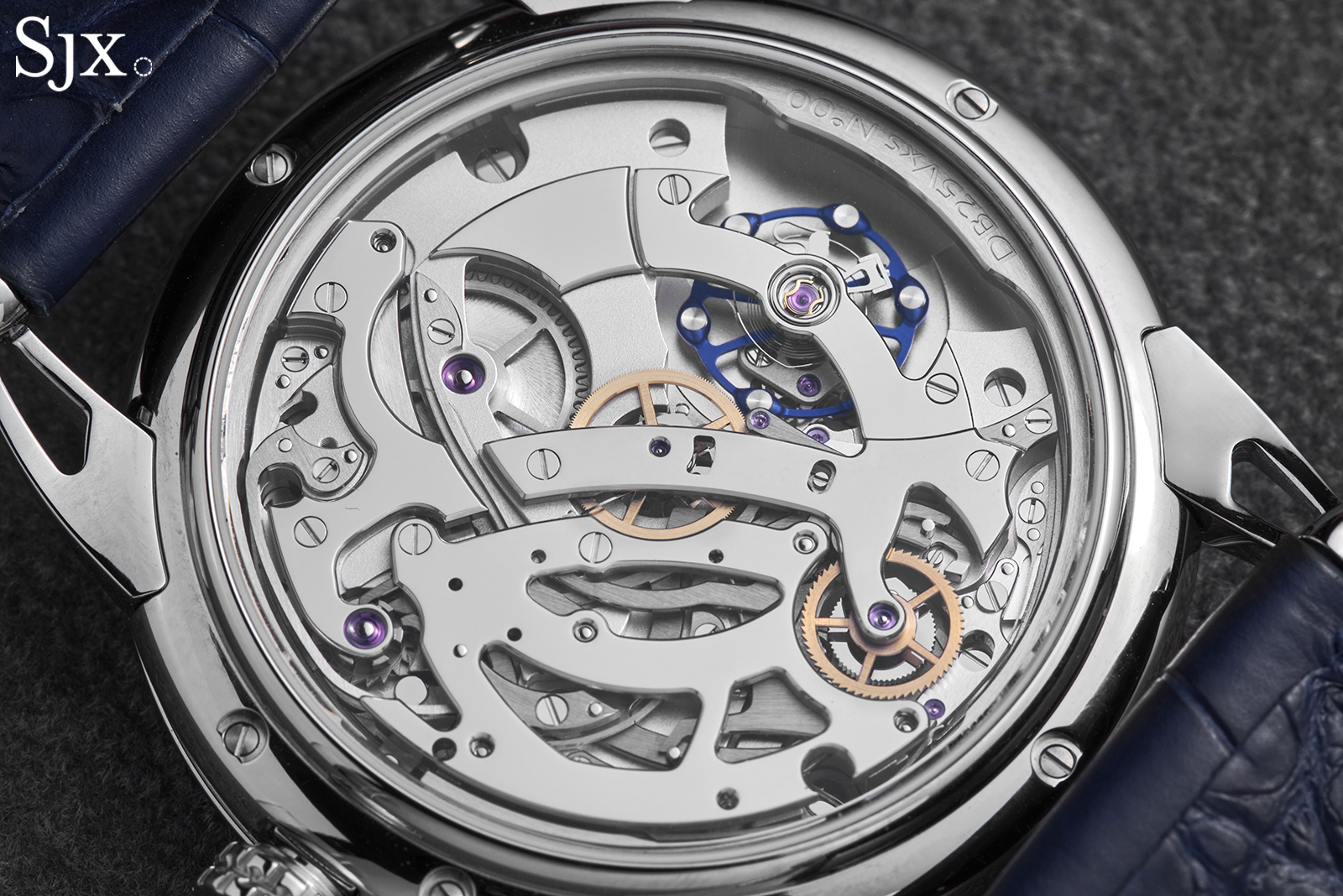
While somewhat vestigial in two-button designs chronograph, the column wheel is apt for single-button designs, which follow a three step sequence of start, stop, reset.
The bridges make it difficult to observe this interaction, but also avoid the overly sparse look of similar movements from F.P. Journe.
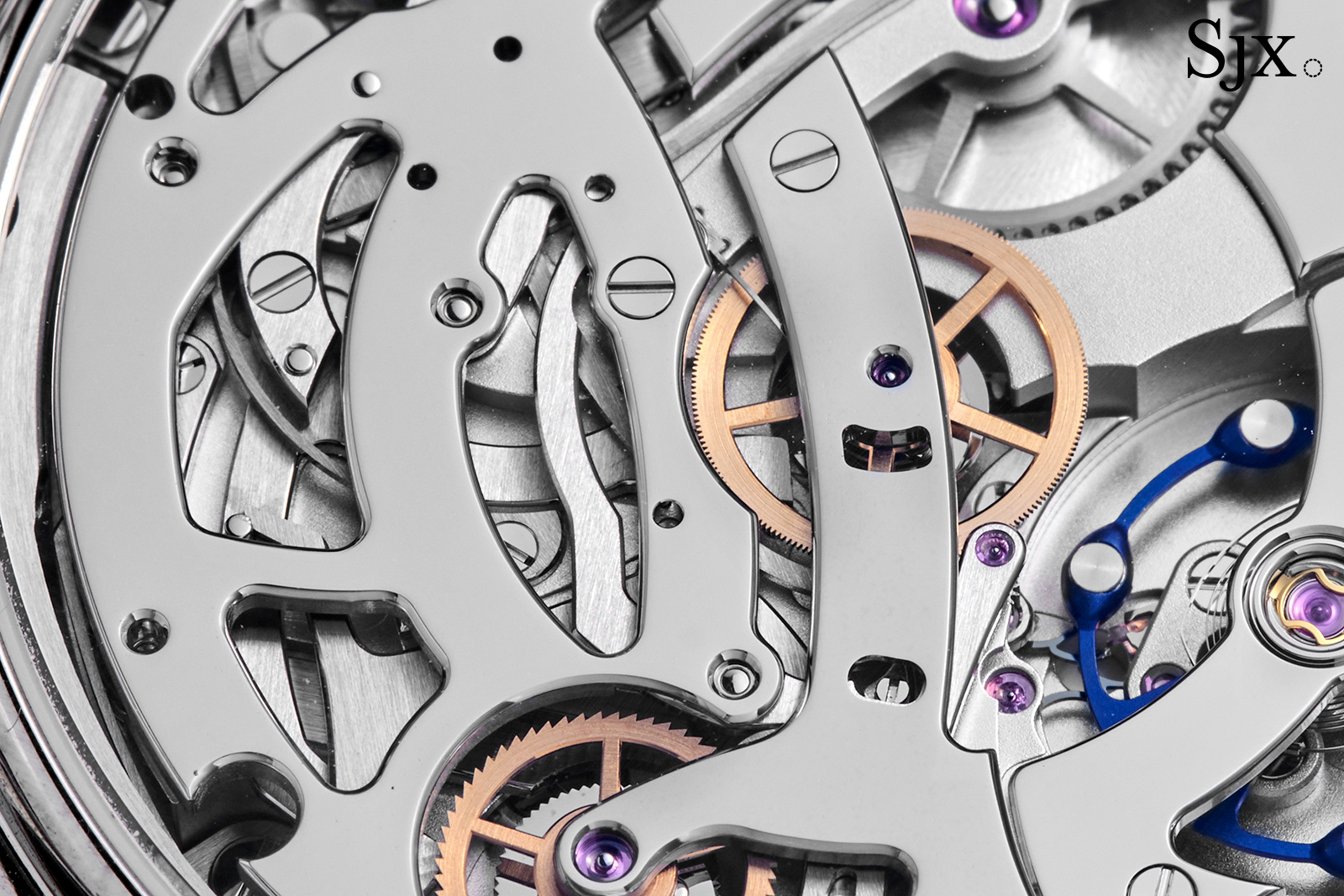
While nicely polished, the bridge forms aren’t exactly graceful, and the large corner radii result in an industrial look. The decoration is clearly finished off by hand, but likely applied by machine to begin with. This industrial-haute horlogerie is honest and works for the De Bethune’s overall aesthetic, but isn’t in vogue right now, especially amongst independents, which now ironically favour machine finishing carefully curated to appear hand made.
Building on that are a number of high-tech flourishes: a silicon escape wheel, titanium balance with white gold weights, and proprietary flat hairspring that breathes like an overcoil – all fruits of the brand’s substantial, but historical, investment in research and development.
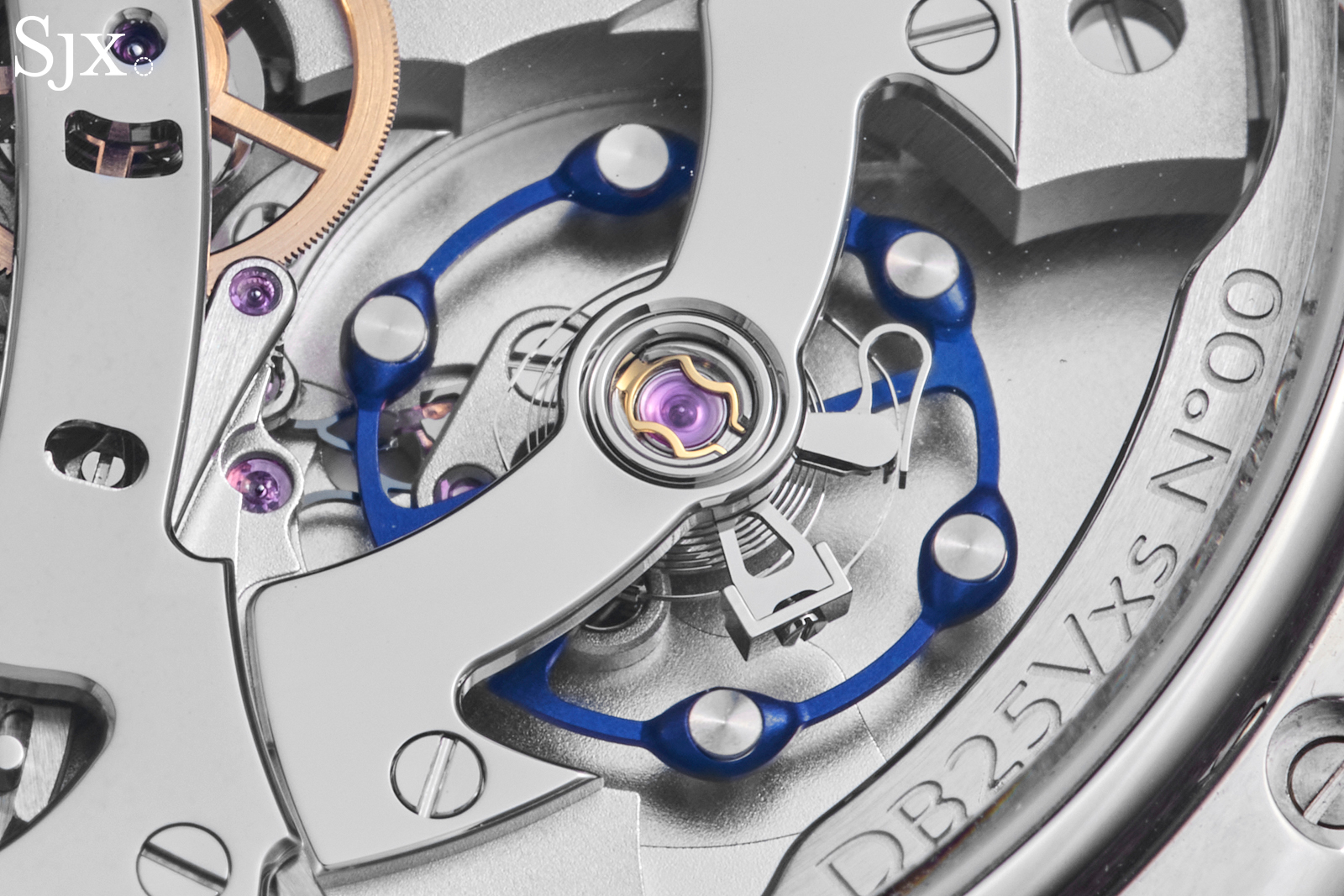
Note the hairspring is clamped in place by the regulator, like a free-sprung balance, rather than being allowed to bounce between curb pins – an indicator of a high-end construction.
The movement’s most interesting feature is an instantaneous jumping minutes totaliser: a snail cam on the chronograph seconds hand stores energy over 60-seconds in order to jump the hand forward in a fraction of a second with each passing minute. It’s a relative rarity, but used by both Patek Philippe and A. Lange & Söhne, which is good company to be in.
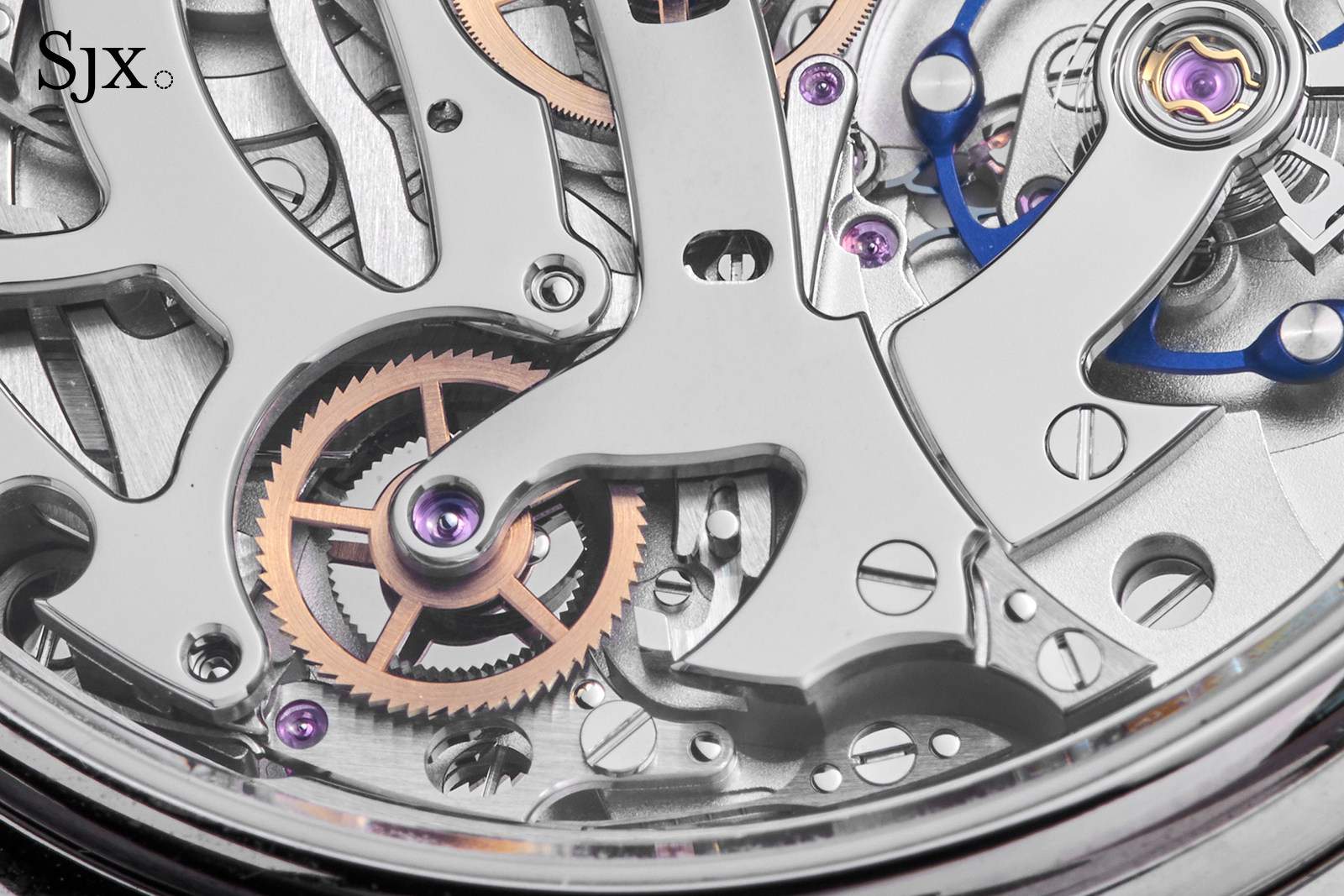
Key facts and price
De Bethune D25 Monopusher Chronograph
Ref. DB25VXS
Diameter: 40.6 mm
Height: 9.15 mm
Material: Titanium
Crystal: Sapphire
Water resistance: 30 m
Movement: DB3000
Functions: Hours, minutes, mono-pusher chronograph with instantaneous 60-minute counter
Winding: Hand-wound
Frequency: 28,800 beats per hour (4 Hz)
Power reserve: 60 hours
Strap: Alligator with pin buckle
Availability: From De Bethune and its authorised retailers
Price: CHF80,000 (about US$98,000)
For more, visit Debethune.ch.
Back to top.

